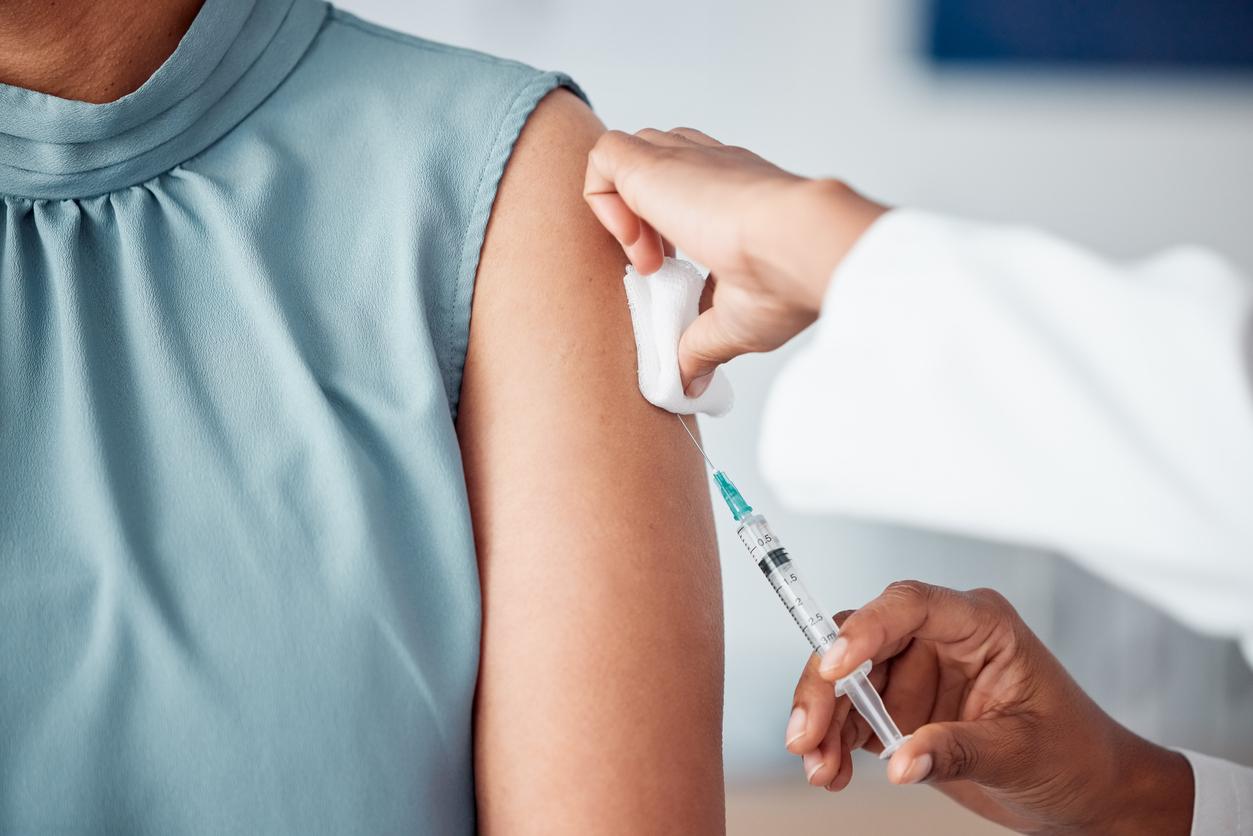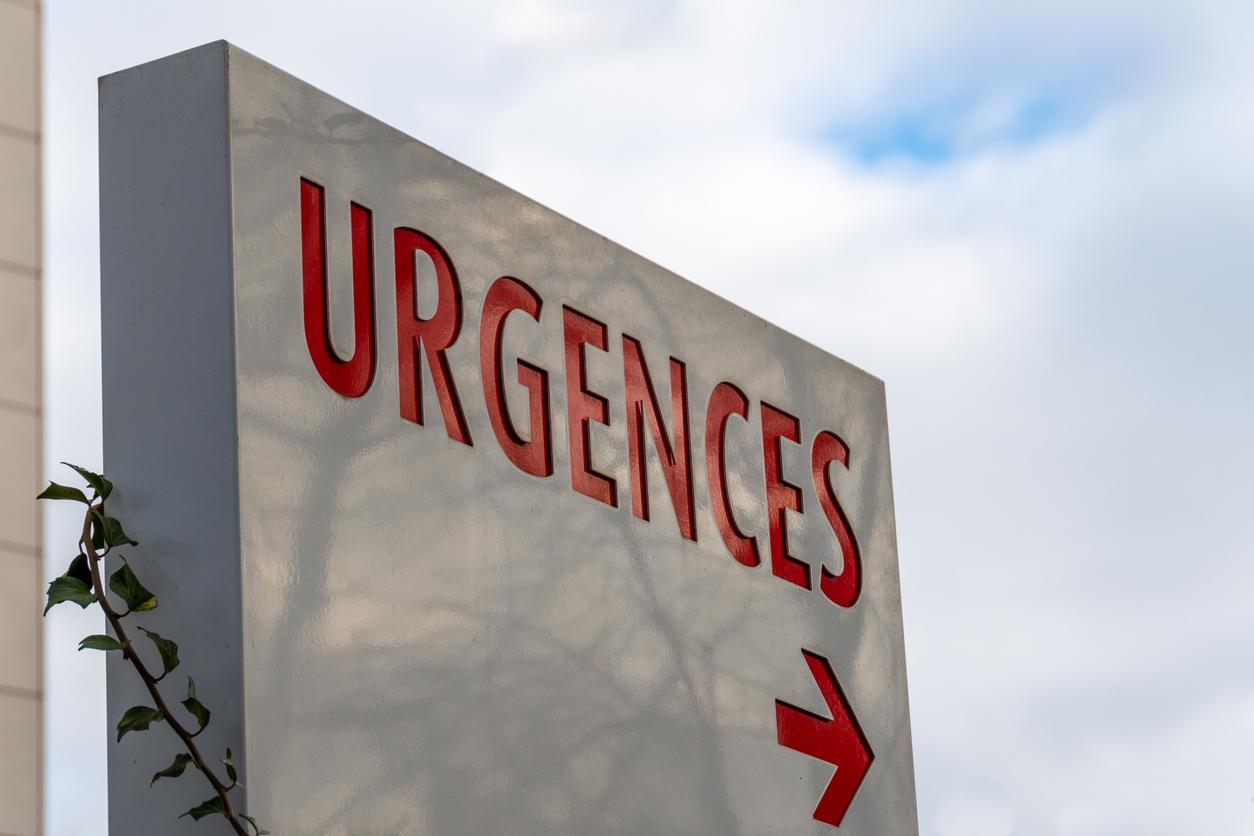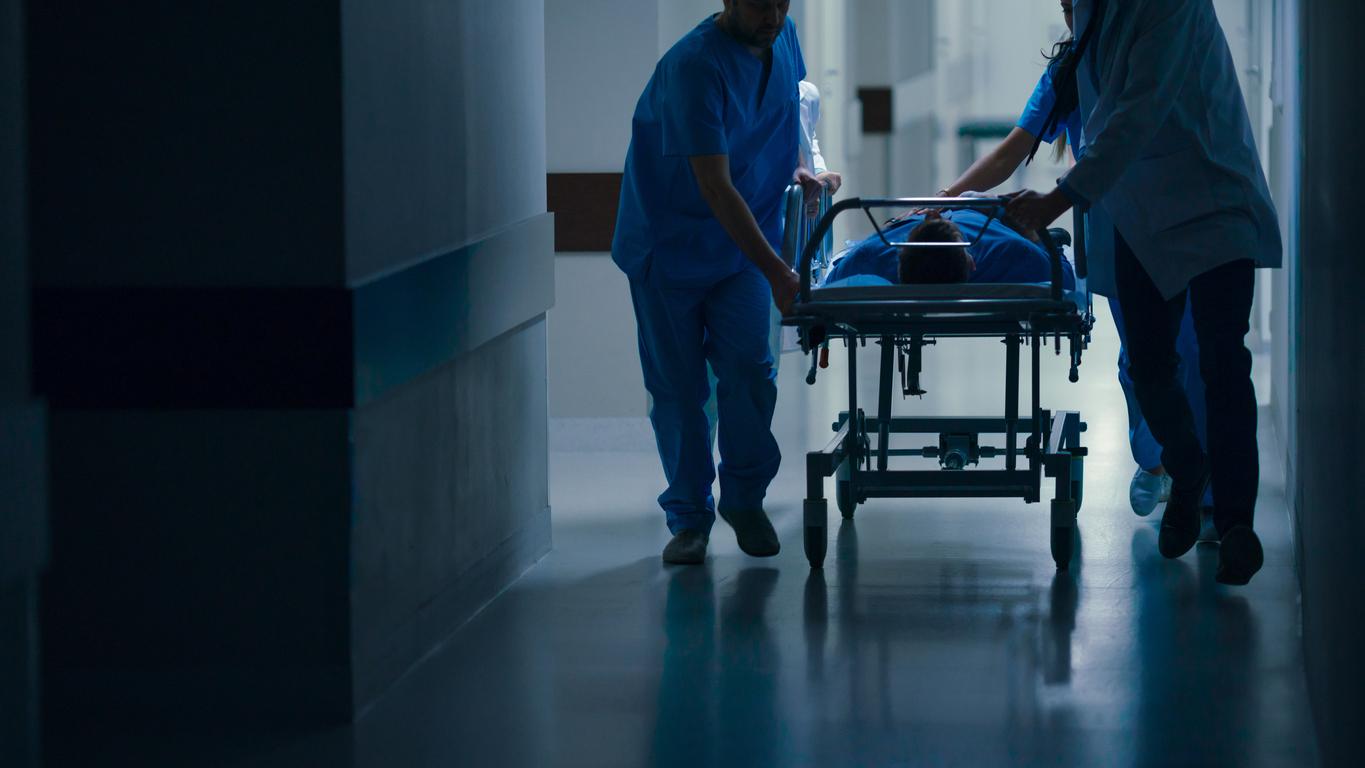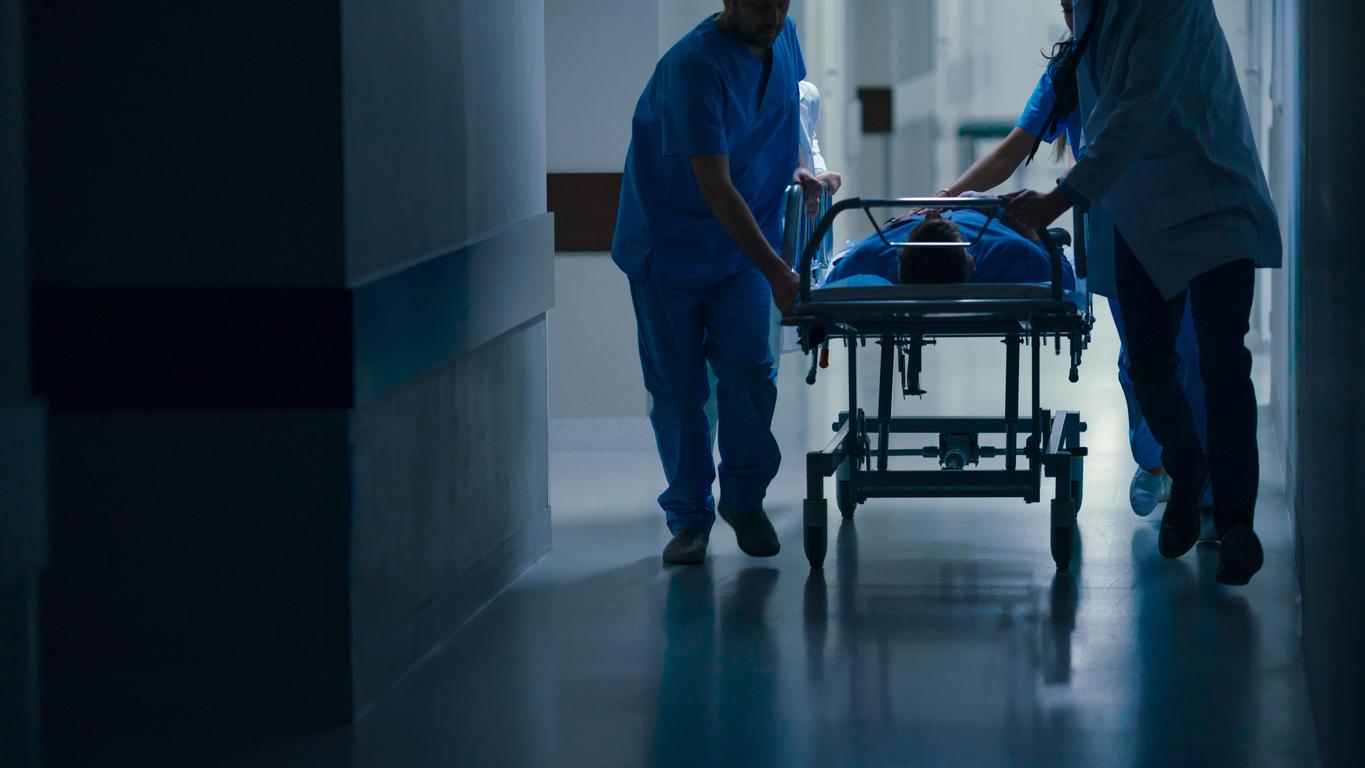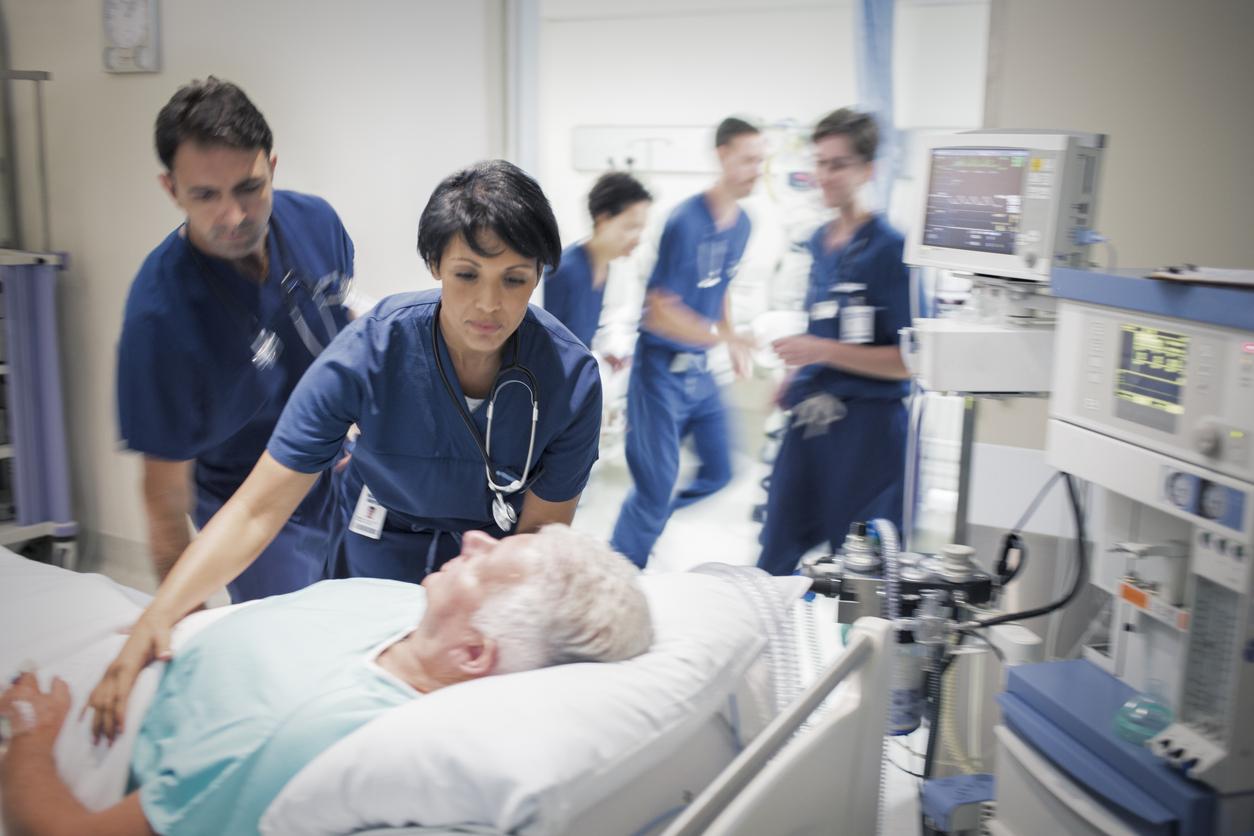Between endless weeks of work and the difficulty of recruiting, anesthesiologists border on burn-out. Some are proposing solutions to end the shortage.
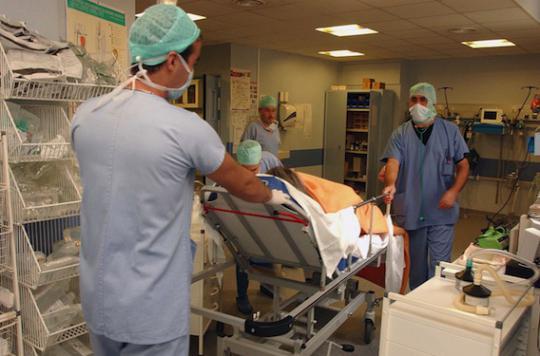
The 2015 Congress of the French Society of Anesthesia and Resuscitation (SFAR) opened this Thursday in Paris. The opportunity for these doctors to express their discomfort. A paradoxical situation. Indeed, while they are among the best paid hospital practitioners (PH), intensive care units have to cope with a growing shortage of anesthesiologists.
At the start of the 2015 school year, 529 anesthetist positions were thus available in the several thousand hospitals in France. In the Center region, for example, there is no less than 53 practitioners. The hospitals of Basse-Normandie are looking for them, 24. Ultimately, this crisis in the profession is dangerous for these practitioners, on the verge of burn-out, but also for patients.
Up to 110 hours per week in summer
Contacted by Why actor, Dr Yves Rébufat, president of SNPHAR-E (1), a union associated with Avenir Hospitalier, tells about the origins of this exhaustion. “The most painful thing in our job is the permanence of care. We work evenings, nights, and weekends. With the passing years, this rhythm of life becomes more and more painful. “
In the past, these doctors admit that they managed to ease off the guards and on-call duty. A time gone today, since demographic crisis obliges, the young recruits are absent. It is therefore the elders who ensure the permanence of these guards.
To this work during the hours when others are resting is added that of the day (Monday to Friday) which, for these doctors, blithely exceeds 35 hours.
Yves Rébufat, president of SNPHAR-E: ” On average, we work 55 hours per week. But there are weeks that can go up to 75, 90, 100 hours. During the summer some of us even do up to 110 hours… “
50% burnout in some departments
Because of the arduous nature of the profession, burn-out would thus affect ” 35-50% of anesthesiologists depending on the services ”, according to Dr Max-André Doppia (CHU de Caen), vice-president of French College of Intensive Anesthesiologists (CFAR). He specifies that the burnout syndrome also concerns a good number of surgeons, emergency physicians, etc.
At the head of the Commission SMART (Health of Anesthesiologists and Resuscitators at Work) college, he and his team have put in place tools that anesthesiologists can use to avoid falling into this serious relationship disorder at work (see box).
There was indeed an urgent need to act, because even residents in anesthesia-resuscitation say they are affected by burnout. Hélène Carbonne, president of the Association of Young Anesthesiologists – Resuscitators (AJAR), confides: “Each year, there are unfortunately suicides of interns. Our specialty is no exception since we were able to deplore one recently in Ile-de-France. Our workload varies depending on the department but can be heavy, we sometimes work up to 90 hours per week! », She indicates.
Nevertheless, for the rest of her studies, the latter remains optimistic, in particular thanks to the numerus clausus which has evolved in recent years. “As it has increased, we are more per department, so the workload has decreased (fewer guards for example). We can therefore follow the theoretical training organized by our university. And our safety rest is generally respected, ”she admits.
The sick interim hospital
An improvement therefore for future anesthetists, but which does not yet seem to benefit those already in place. Anesthesia services are turning more and more thanks to the medical interim. To understand, hospital services today have to face a real shortage which is characterized by 10-30% of vacant positions depending on the hospital.
Temporary workers therefore fill the shortage of doctors but are very costly to the hospital. Currently, a temporary doctor can earn up to 15,000 euros per month. On average, a working day earns him 600 to 800 euros net, while his regular colleague receives 260 euros. In a recent report, the deputy Olivier Véran (PS, Isère) estimated that these health professionals cost the hospital 500 million euros every year.
Moreover, these mercenaries, as some call them, are drawn for many from the body of hospital practitioners. Yves Rébufat points out “that by using them, we take Paul’s clothes to give them to Jacques in order to fill up the workforce”. In short, an illogical system that does not retain doctors and makes recruitment even more difficult.
Yves Rébufat : ” The phenomenon of medical interim is taking on very worrying proportions since it is only increasing. From year to year, we see an exponential increase, even in university hospitals.… “
An increased risk of medical error
This situation also puts the patient at risk, since burnout increases the risk of medical error. According to a study by the scientific association Asspro carried out among 1,024 specialists, including anesthetists, there are 60,000 to 95,000 “serious adverse events” each year out of a total of 1.5 million interventions. surgical (4 to 6%). According to the authors, the stress of health professionals is “a signal likely to alert on a potential risk of increased accidents”.
The fear of finding oneself in a delicate situation, in particular from a legal point of view, scares the youngest away and threatens with total disaffection with the specialty of anesthesia, they added.
Yves Rébufat : ” After a while, it is the fed up that sets in. It is the cause of negligence. It could be an electrocardiogram (ECG) that is not being read correctly, or a complementary test… “
For Yves Rébufat, all these problems could be solved by reducing the duration of clinical working time to 40 hours, “as for emergency physicians”, he underlines. “And between 40 and 48 hours, the maximum duration set by Europe, anesthetists should do non-clinical tasks (teaching, research, training, etc.),” he concludes.
(1) National Union of Hospital Anesthesiologists and Resuscitators-Enlarged
Actions against burnout
“The College has launched a vast“ being listened to, it can help ”communication campaign, with a flyer that can be downloaded from the site and distributed at the conferences of the specialty. We have also made documents available online on our website (www.CFAR.ORG), and practical sheets such as “how I cope with …”, intended for a colleague in difficulty, with addictive disorders, victim of exhaustion or a medical accident, or making disturbing remarks ( on suicide for example).
The CFAR also offers to refer to an addictologist if necessary, all in confidentiality. A line Toll free number (0 800 00 69 62) has also been set up, which puts a professional in direct contact with a clinical psychologist, all anonymously. This makes it possible to clarify a situation and to offer guidance if necessary.
For younger people, being able to talk to a psychologist over the phone is still difficult. This is why we have opted to facilitate the making of contact, always anonymous, thanks to a Cat which will make it possible secondarily, to switch to the telephone to develop a personal problem. But the first step will have been taken. The two-inch generation must be reachable by the means most suited to them.
In addition, we offer self-tests (alcohol, HAD, sleep, tobacco, etc.) to self-assess, on various aspects, individually. Finally, we found it very useful to facilitate collective analysis by computerizing the tests and results of team members, while maintaining the anonymous nature of this measurement.
Within two weeks, this service will be available. A referent, appointed by the team, can create the basis of tests that the team will have decided to complete. The results of these team diagnostics will be returned to all participants during a meeting. One can imagine that the occupational physician or an ergonomist would be invited to the analysis, all in order to deduce any changes that would appear necessary ”.
.





